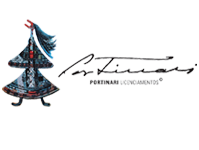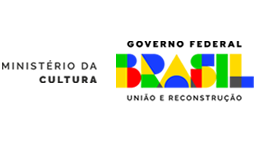This project’s common threads – Candido Portinari’s painting and the environment – are the basis for the interdisciplinary content in this Teachers Guidebook, involving the Portuguese language, History, Geography and Arts and Sciences. Weaving these disciplines into the work, ethical principals are an integral part of the activities, because our ultimate goal is harmonious relationships between all beings. Bringing together ethics and aesthetics, conscience and environmental practices walk hand in hand with art in this guidebook.
These integrated activities aim to encourage and develop the following skills and abilities, essential in man’s relationship with the world: observation; analysis; synthesis; interpretation; sensibility to critique; oral, gestural and written (literary and non literary) expressivity; communication; cooperation; an aesthetic sense; creativity.
Structure of the Guidebook
1. A chronobiography of Candido Portinari for teachers and students to learn more about the life and work of this great artist, at once so Brazilian and so universal.
2. “The Letter from Earth,” reiterating the principals of peace, edification, care and inclusion that the Portinari Project aims to disseminate.
3. Five modules that address important issues concerning the environment, based on the following central themes: the relationship of human beings with the space in which they live; water; mineral resources; forests and fauna; balance among human beings.
Each module is divided into two parts:
1a. Reflections and readings on Candido Portinari’s paintings – for teachers to present and explain. This material was developed specifically for art educators when the truck was touring. Now you can return to it as often as required.
2a. Integrated activities – for students to do: readings to promote reflection, the exchange of ideas and discussion; student creation of their own texts; interaction between different language expressions; environmental preservation actions; storytelling; dramatizations; inventions; games; visits; research in different fields of knowledge, among others.
4. Annexes – suggestions for complementary activities; information about art movements, styles and techniques; information about some of the techniques that Candido Portinari used.
5. Notes and bibliography.







